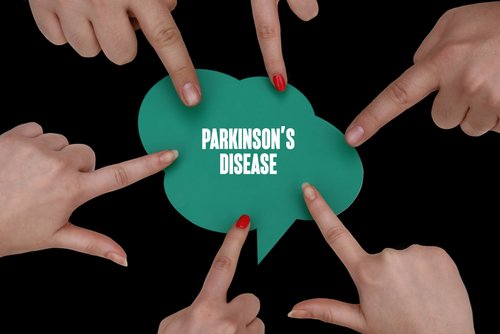Study Urges Activism to Help Prevent Emerging Parkinson’s Pandemic

A “PACT” formed by the Parkinson’s community — to prevent, advocate for increased resources, care for all those affected, and treat with new therapies — may help prevent a Parkinson’s pandemic, according to a review study.
The study, “The Emerging Evidence of the Parkinson Pandemic,” appeared in the Journal of Parkinson’s Disease.
Parkinson’s is the fastest-growing neurological disorder in the world, expected to double from 6.2 million to more than 12 million patients by 2040. Similar to pandemics of infectious diseases, Parkinson’s is increasing in every region of the world, though shifting from the West to the East mainly because of changes in aging and industrialization.
“By 2040, we can truly talk about a pandemic that will result in increased human suffering, as well as rocketing societal and medical costs,” Patrik Brundin, MD, PhD, one of the study’s guest editors, said in a press release. “How can the community be made aware of this scenario and implement changes in research priorities and care programs to lessen the burden of the upcoming pandemic?”
Want to learn more about the latest research in Parkinson’s Disease? Ask your questions in our research forum.
Aging populations — particularly a rapid rise in people older than 65 — and increasing life expectancy are two of the contributing factors to the rise in Parkinson’s. According to a 2018 study, increased life expectancy will extend the survival of 65-year-old Parkinson’s patients in France by nearly three years between 2010 and 2030, increasing disease prevalence by 12%. The number of people with advanced Parkinson’s is also expected to rise.
As smoking has been associated with a 40% lower risk of Parkinson’s, the current decline in smoking rates may also result in greater disease incidence. A recent study estimated that diminishing smoking rates in the U.S. may boost Parkinson’s incidence by 10% above projections that account for aging only.
Byproducts of industrialization — including specific pesticides (such as paraquat), solvents (such as trichloroethylene) and heavy metals — have also been linked to Parkinson’s. In China, a country with rapid industrialization, the prevalence of Parkinson’s increased more from 1990 to 2016 than in any other country. The ongoing use of these products in large quantities may accelerate the increase in cases.
Overall, “assuming a 12% increase due to increasing longevity, a 10% increase due to decreasing smoking, and that about half (10%) of the observed increase in age-adjusted prevalence rates persists due to environmental factors, the burden of [Parkinson’s] could exceed 17 million by 2040,” researchers said.
Unlike most diseases whose burden lessens with improving socioeconomic levels, disability because of Parkinson’s disease increases with income per capita and education. Besides patients, caregivers are also affected by the disease. Parkinson’s is further associated with a growing economic burden, currently directed at institutional care in the U.S.
Activism has played a key role in confronting pandemics of polio, breast cancer, and HIV in the past century, leading to effective prevention, more resources, better care, and new therapies.
“Following these examples,” the researchers proposed, “those with and at risk for [Parkinson’s] can form a “PACT” to prevent, advocate for, care, and treat the disease.” This would involve reducing or eliminating the use of chemicals known to boost Parkinson’s risk, securing more funding to better understand its root causes and to expand new care models, as well as develop new and effective therapies.
The Parkinson’s pandemic “is preventable, not inevitable,” researchers emphasized.
“We hope that this article will raise awareness of the challenge and form the basis for a community-led response to address one of the great health challenges of our time,” said Bastiaan R. Bloem, MD, PhD, a study author from the Radboud University Medical Center in The Netherlands.






